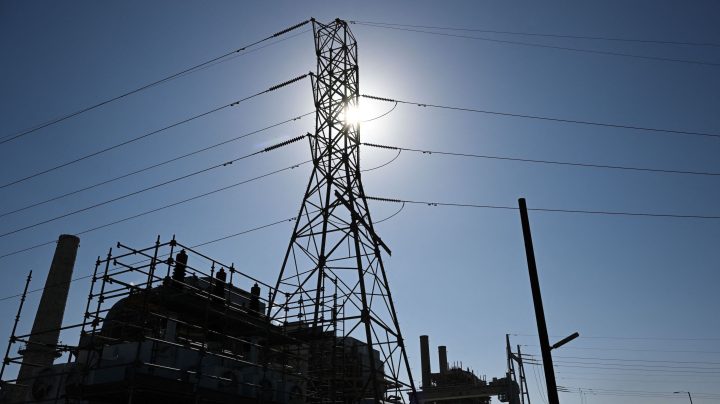
Hurricane Ian has many thinking about the resilience of the electric grid
Hurricane Ian has many thinking about the resilience of the electric grid

As Hurricane Ian bears down on Florida, many residents are preparing for power outages. To be clear, there’s no way to completely weatherproof the country’s electricity grid, but there are things utilities can do to make the grid more resilient.
Those things, however, often carry a big price tag, leading to the question: Do the benefits outweigh the cost?
First things first: Weatherproofing the electricity grid from natural disasters is simply not possible.
“You cannot protect everything from everything all of the time,” said Scott Aaronson at the Edison Electric Institute.
He said utilities shouldn’t necessarily be thinking about how to gold-plate their power network.
“But if you can minimize the impact of that incident, if you can make sure a bad day does not become catastrophic, if you can respond and recover or rebuild or restore after an incident, that’s a form of resilience as well,” he said.
Kaitlyn Bunker at the Rocky Mountain Institute said the common use of that extreme-weather buzzword — “resilience” — is a fairly recent phenomenon.
“Prior to 2017, the word “resilience” very rarely came up,” she said.
Then, Hurricane Maria hit Puerto Rico and left many without power for months. That’s when utilities and governments started tossing the word around. But she said there’s a problem with translating the idea of resilience into something tangible.
“There’s not necessarily ways to measure the benefit that that brings,” Bunker said. “So it’s a little harder to quantify.”
We often talk of putting transmission lines underground as a way to make the grid stronger. But that’s really expensive. And if you have a storm like Hurricane Ian, with really high winds and lots of rain, then burying those lines might not help.
Peter Larsen, a scientist at the Berkeley Lab of the Department of Energy, said unfortunately, there’s no one-size-fits-all fix.
“There’s a lot of different environmental factors at play that change this strategy of how you make the grid more resilient,” he said.
And those who eventually foot the bill to create that resilience? You guessed it: the ratepayers.
There’s a lot happening in the world. Through it all, Marketplace is here for you.
You rely on Marketplace to break down the world’s events and tell you how it affects you in a fact-based, approachable way. We rely on your financial support to keep making that possible.
Your donation today powers the independent journalism that you rely on. For just $5/month, you can help sustain Marketplace so we can keep reporting on the things that matter to you.

















